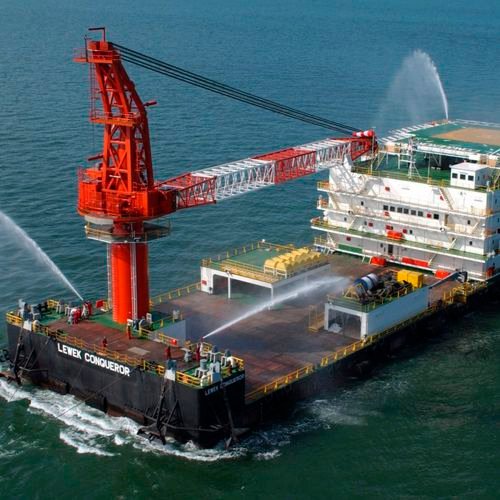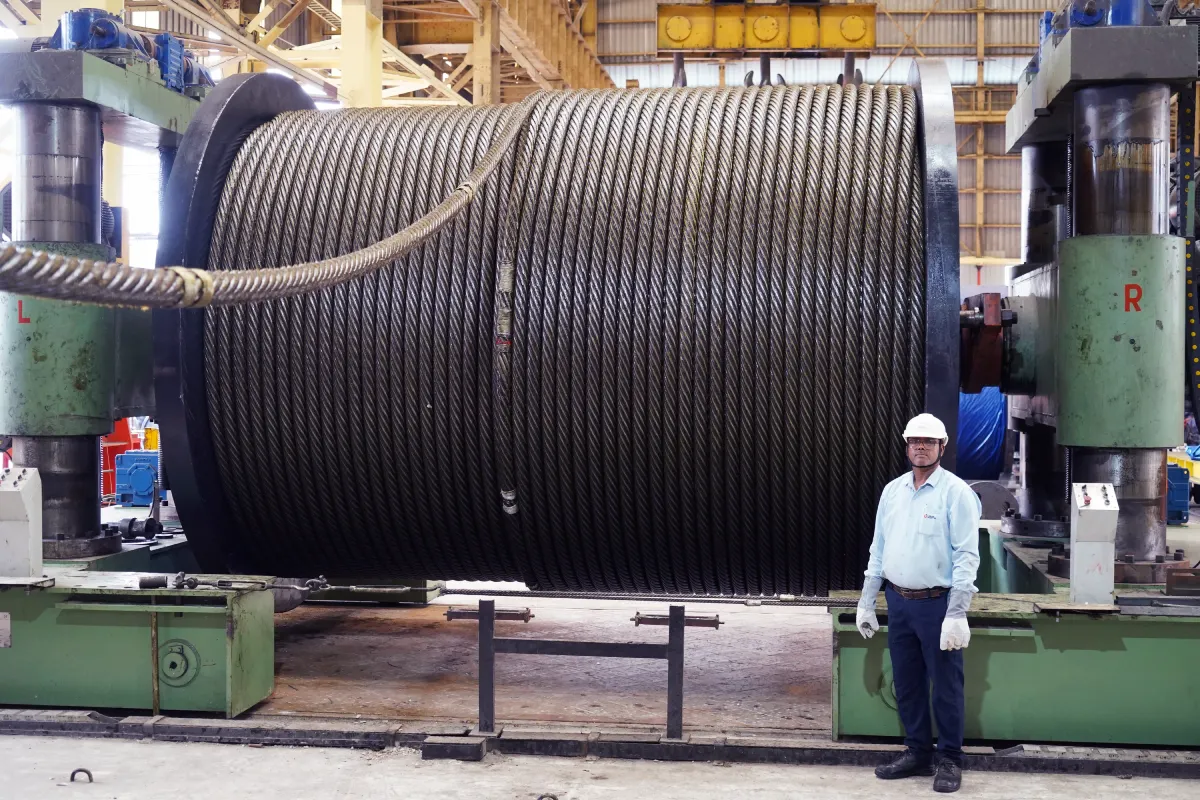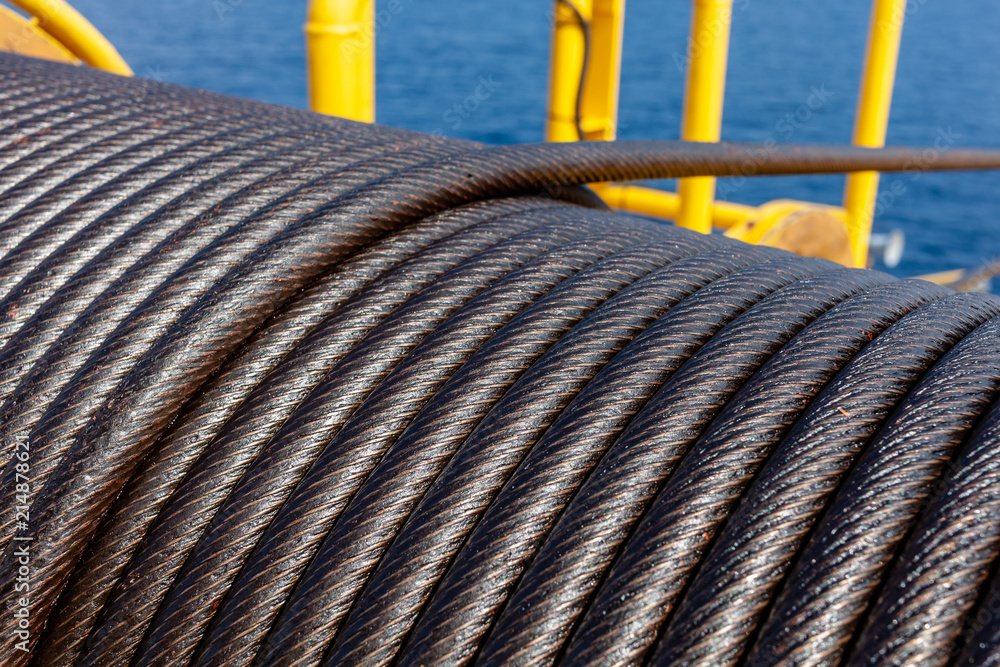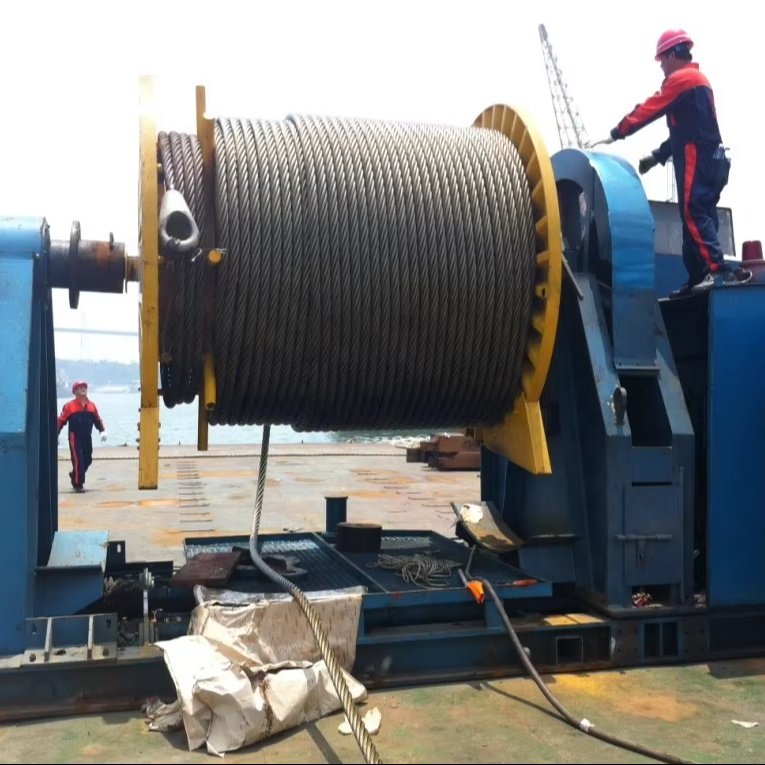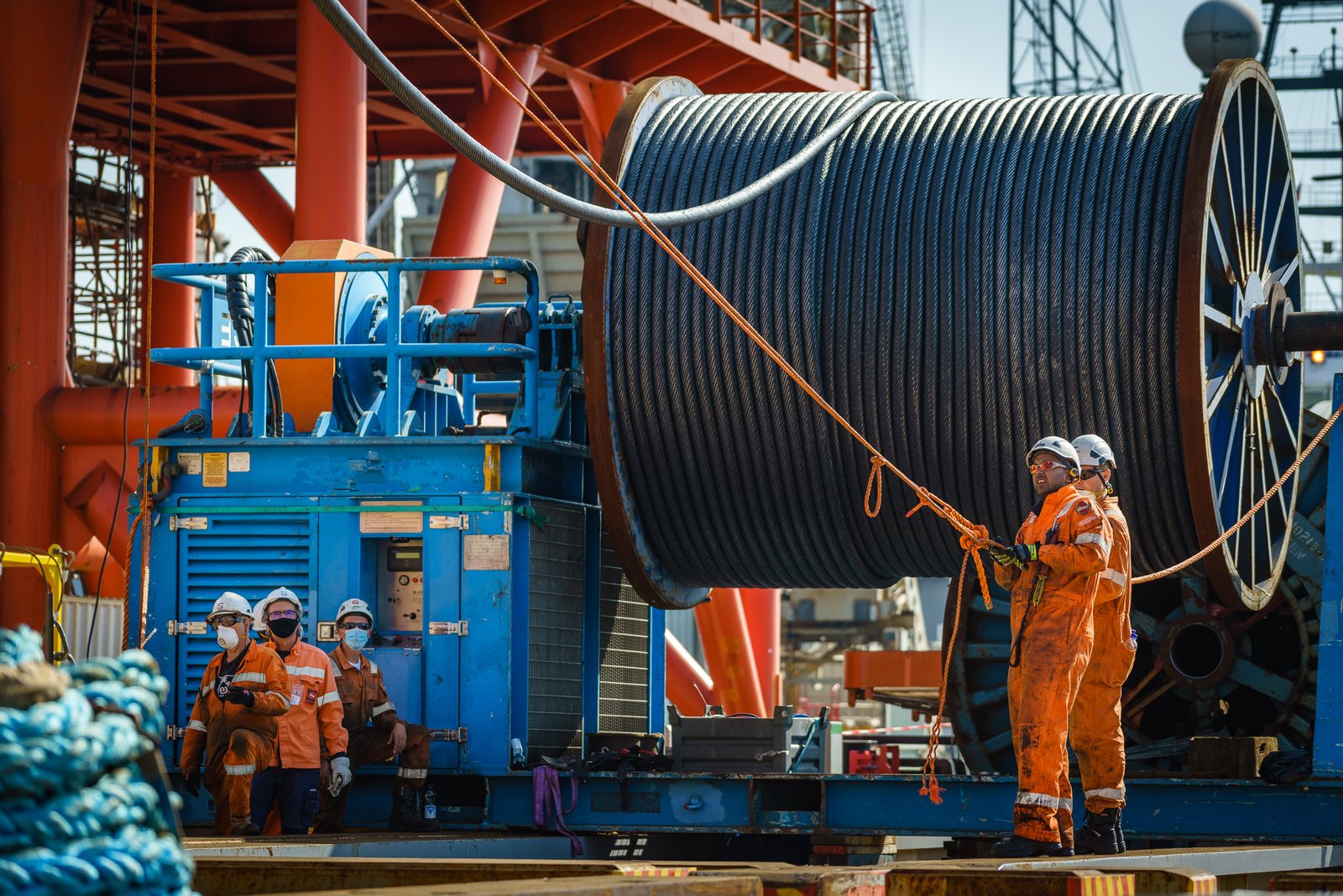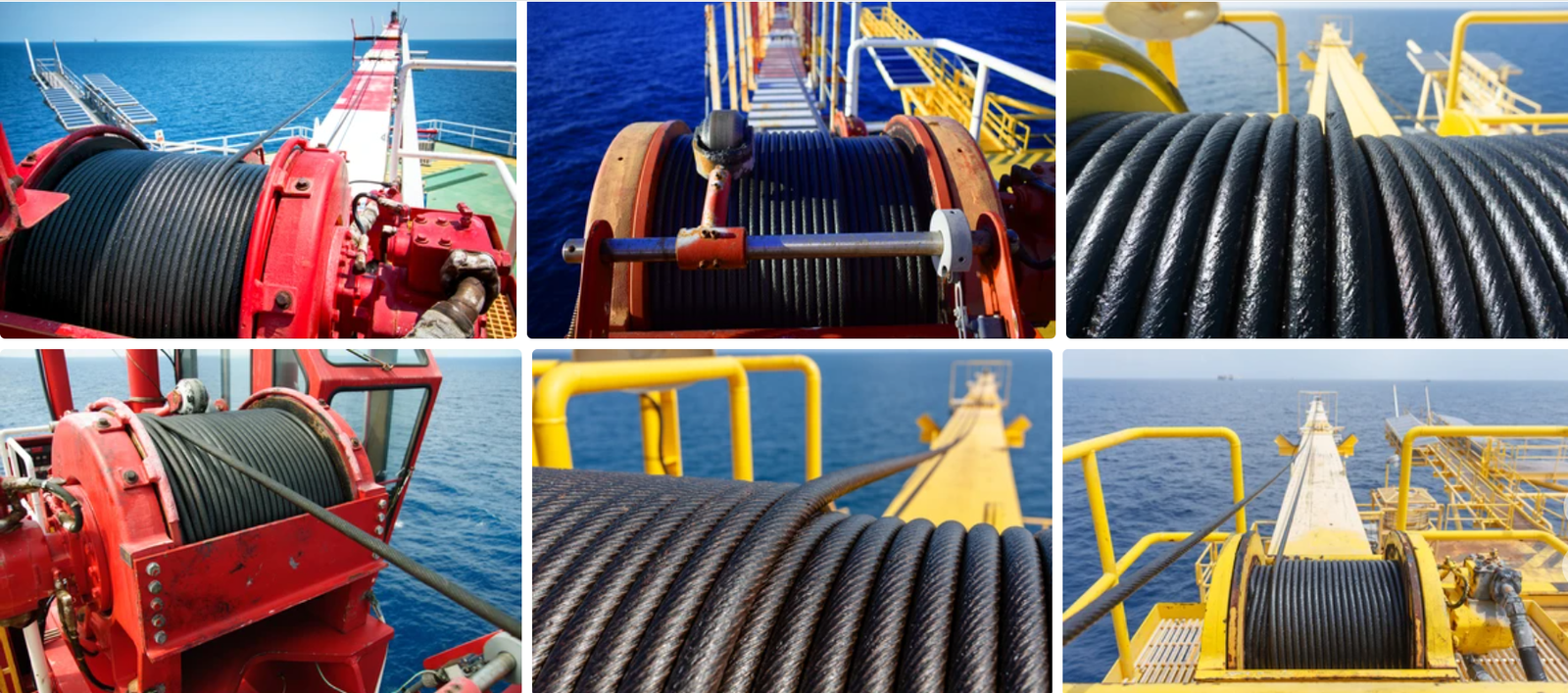Fraying wire ropes can compromise safety and durability. Improperly secured ends are a common cause of equipment failure—but with the right tools and techniques, you can master this essential skill. Let me walk you through the process step by step.
To install a wire rope ferrule and end stop, you’ll need a swaging tool, correctly sized ferrules, and a calibrated torque wrench. Cut the rope cleanly, insert it into the ferrule, compress it evenly, and test the connection for load-bearing readiness.
What Tools Are Needed for Installing a Wire Rope Ferrule?
Installing ferrules isn’t guesswork. Missing even one critical tool can lead to weak joints or catastrophic slippage.
Essential tools include a rotary swager for uniform compression, wire rope cutters for clean cuts, a torque wrench for precision, and calipers to verify ferrule dimensions.

Dive Deeper: Tool Specifications
| Tool | Purpose | Example Brands |
|---|---|---|
| Rotary Swager | Compress ferrules evenly | Rugged Swage, PressMaster |
| High-Leverage Cutters | Achieve clean rope cuts | Klein Tools, UTP |
| Digital Calipers | Confirm ferrule size accuracy | Mitutoyo, Neiko |
How to Cut and Prepare the Wire Rope Correctly?
A jagged cut ruins the ferrule’s grip. Precision here ensures maximum load capacity.
Use sharp, dedicated wire rope cutters. Tape the cut area to prevent fraying, then slice in one smooth motion. File rough edges before inserting into the ferrule.
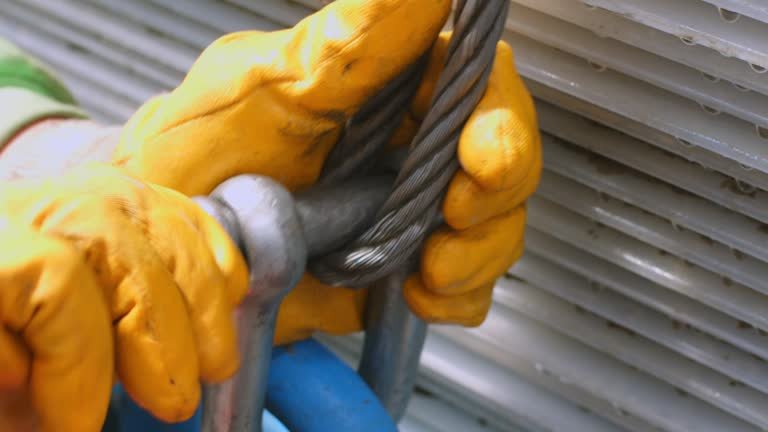
Dive Deeper: Common Cutting Mistakes
| Mistake | Result | Prevention Tip |
|---|---|---|
| Using generic pliers | Deformed strands, uneven tension | Invest in purpose-built cutters |
| Multiple partial cuts | Frayed ends weakening the assembly | Apply tape and cut once |
How to Securely Fasten the Ferrule and End Stop?
Poor swaging is the #1 reason for joint failure. Proper technique ensures longevity.
Insert the rope fully into the ferrule, align it with the swager’s dies, and apply gradual pressure. Rotate the tool slightly between compressions for an even finish.

Dive Deeper: Swaging Pressure Guidelines
| Rope Diameter (mm) | Recommended Pressure (PSI) | Compression Passes |
|---|---|---|
| 6-8 | 8,000-10,000 | 3 |
| 10-12 | 10,000-12,000 | 4 |
| 14+ | 12,000-14,000 | 5 |
How to Validate the Installation’s Safety?
Never skip testing. A visual check isn’t enough—rigorous validation saves lives.
Conduct a pull test at 125% of the rope’s working load limit. Inspect for slippage, cracks, or deformation. Use dye penetrant to detect hidden flaws.
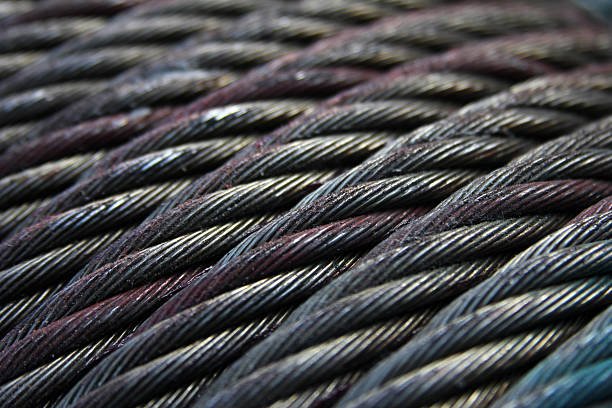
Dive Deeper: Testing Standards Comparison
| Standard | Test Method | Acceptance Criteria |
|---|---|---|
| EN 13411-5 | Cyclic load testing | No displacement after 10,000 cycles |
| ASME B30.9 | Static overload test | ≤2% elongation under max load |
Conclusion
Installing wire rope ferrules demands precision tools, clean cuts, even swaging, and thorough validation. Cut corners here, and you risk equipment failure—but follow these steps, and your installations will withstand rigorous demands.


